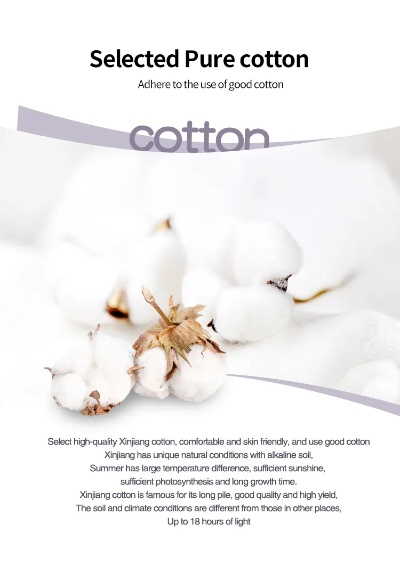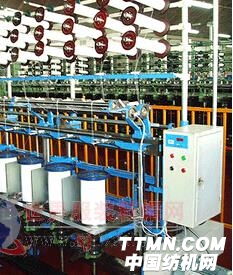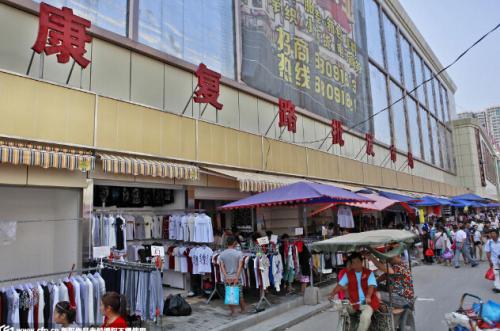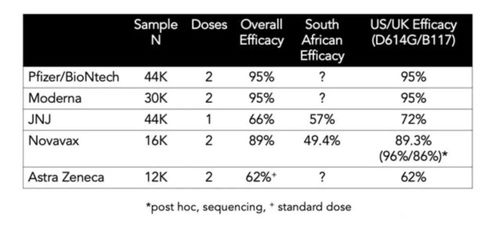The Impact of Supply and Demand on Cotton Textile Prices
The relationship between supply and demand is a fundamental factor influencing the prices of cotton textiles. The rise in global demand for cotton textiles due to increased consumer awareness and economic growth has led to an increase in production, which has subsequently driven up prices. On the other hand, factors such as weather conditions and technological advancements have also played a significant role in shaping the supply and demand dynamics. Understanding these factors is crucial for businesses involved in the cotton textile industry to make informed decisions about pricing and production strategies.
In today's global economy, understanding the dynamics behind the price of cotton textiles is crucial for both consumers and businesses. This article will explore how supply and demand factors influence the prices of these essential commodities, with a focus on the case studies from India and China.
Cotton, as one of the most important raw materials in the textile industry, is sourced from various regions around the world, including India, China, the United States, and Brazil. Each region has its own unique characteristics that impact the production costs and availability of cotton. For instance, India is known for producing high-quality cotton due to its favorable climate and fertile soil, while China's large-scale industrialization has led to significant increases in production capacity and lower costs.

One of the key factors influencing cotton prices is the demand for textile products. As consumer spending increases, so does the demand for textiles, which in turn drives up the prices of cotton. For example, during the COVID-19 pandemic, many countries saw a surge in demand for masks and other protective gear, leading to a significant increase in the prices of cotton fabrics used in these products.
Another important factor is the global market for cotton. The international trade of cotton is highly interconnected, with major players such as U.S. farmers, Chinese manufacturers, and Indian exporters all having a significant influence on the overall price of cotton. For instance, if there is a sudden drop in demand for cotton from China due to economic downturns or political unrest, it could lead to a decrease in prices globally.
To illustrate these points, let's take a look at two case studies: India and China.
India is known for producing some of the highest quality cotton in the world. According to data from the International Cotton Advisory Group (ICA), India's cotton output increased by 30% between 2018 and 2019, making it one of the top producers in the world. However, despite this high production, India's cotton prices have been relatively stable compared to other major producers like China. This can be attributed to several factors, including strong domestic demand for cotton products and the fact that India's cotton is mostly used for traditional garments rather than high-end fashion items.
On the other hand, China's cotton industry has seen significant growth over the past decade. With a vast network of cotton farms and factories, China has become one of the largest exporters of cotton worldwide. However, the country's rapid expansion into the textile industry has also led to concerns about environmental sustainability and labor conditions. For example, recent reports have highlighted issues with worker safety and wages in some of China's cotton-producing regions. These concerns have led to a decline in demand for Chinese cotton, which in turn has affected the prices of cotton globally.
In conclusion, the price of cotton textiles is influenced by a complex web of factors, including supply and demand, global market trends, and regional economic conditions. While India's high-quality cotton remains a valuable asset, China's rapidly growing textile industry poses both opportunities and challenges for the global cotton market. As we move forward, it will be important for stakeholders to stay informed about these dynamic forces and work together to ensure a sustainable future for both cotton and the textile industry as a whole.
大家好,今天我们来聊聊关于棉纺织品价格的话题,棉纺织品作为日常生活中不可或缺的纺织材料,其价格受到多种因素的影响,包括原材料成本、生产效率、市场需求等,下面我们将通过一个英文案例和表格来详细说明。
案例分析
案例背景

假设某地区近期棉花种植成本上升,导致棉纺织品价格有所上涨。
案例细节
(1)原材料成本:棉花种植成本上升,导致棉花价格上涨。 (2)生产效率:由于生产技术的提高和原材料供应的稳定性,生产效率有所提高。 (3)市场需求:随着季节变化和消费者需求的变化,市场需求也有所波动。
表格:
| 因素 | 近期变化 | 影响分析 |
|---|---|---|
| 原材料成本 | 上升 | 棉花种植成本增加 |
| 生产效率 | 提高 | 技术进步和资源优化 |
| 市场需求 | 波动 | 受季节变化和消费者需求影响 |
价格影响因素分析
棉纺织品价格的波动受到多种因素的影响,主要包括以下几个方面:
- 原材料价格:原材料成本是影响棉纺织品价格的重要因素之一,当原材料价格上升时,棉纺织品价格也会相应上涨。
- 生产效率:生产效率的提高可以降低生产成本,从而影响棉纺织品价格,生产效率的提高也可以提高产品质量和产量,进一步影响价格。
- 市场供需关系:市场需求和供应关系的变化也会对棉纺织品价格产生影响,当市场需求增加时,价格可能会上涨;当供应过剩或供应不足时,价格可能会下跌。
未来趋势预测
根据当前的市场情况和未来趋势预测,未来棉纺织品价格可能呈现出以下趋势:
- 原材料价格波动:随着原材料成本的变动,棉纺织品价格可能会随之波动,企业需要密切关注原材料价格变化,制定相应的采购策略。
- 生产效率提高:随着技术的进步和生产效率的提高,棉纺织品生产成本有望进一步降低,从而影响价格,企业也需要注重提高生产效率,降低成本。
- 市场供需关系变化:随着季节变化和消费者需求的变化,市场供需关系也可能发生变化,企业需要密切关注市场动态,制定相应的销售策略。
棉纺织品价格受到多种因素的影响,包括原材料成本、生产效率、市场需求等,企业在制定销售策略时,需要综合考虑这些因素,制定相应的价格策略,政府和相关行业协会也应该加强对棉纺织品市场的监管和管理,维护市场秩序,促进棉纺织品市场的健康发展。
Articles related to the knowledge points of this article:
Luxurious and Durable:A Look Inside Lishen Shaoqian Textile Store
Exploring the晋城百货纺织品批发市场,深度体验与案例分析
Exploring the Price Landscape of Shuzhi Ke Textiles:A Comprehensive Analysis



